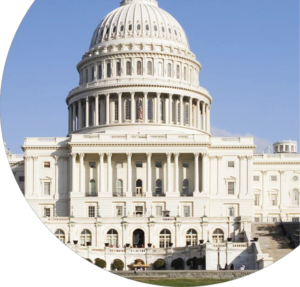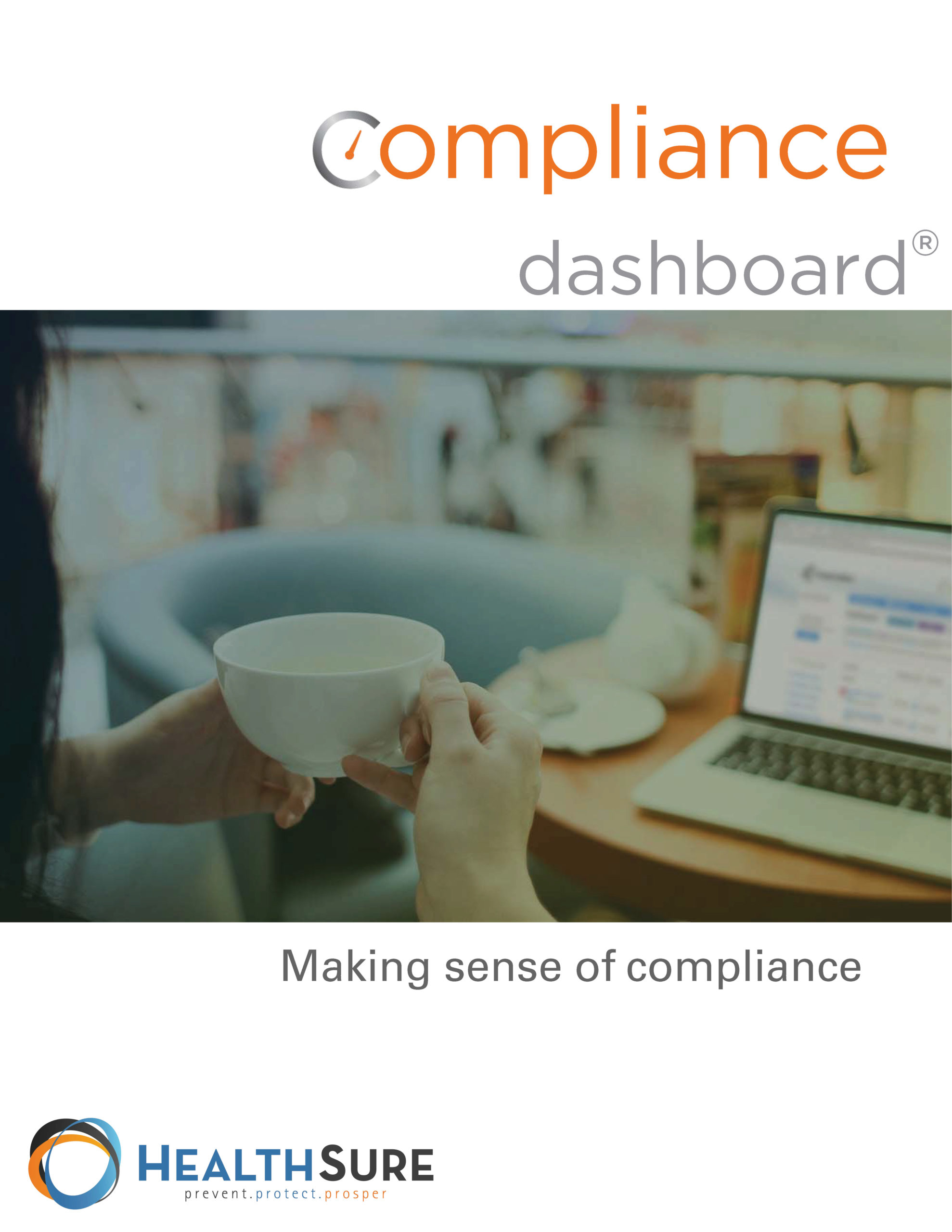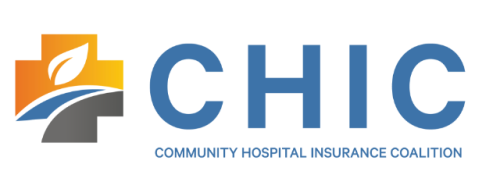Senate Republicans Will Give Up On ACA Replacement, Vote Instead On Repeal
House Passes Changes to DOL Overtime Rule
Senate Republicans Will Give Up On ACA Replacement, Vote Instead On Repeal

USA Today (7/18, Singer) reports Senate Majority Leader Mitch McConnell said in an announcement “that the Senate will give up on its bill to replace” the ACA “and vote instead on legislation to repeal the law within two years.” The announcement came “after it became clear he could not win enough support from his own GOP senators to pass the latest version of a replacement bill.” According to the article, “It is not clear what next steps are available for Republicans.” Several conservative Republicans “have pushed for a return to legislation President Obama vetoed in 2016 that would have simply repealed the law, creating an opportunity to build a new system in its place.”
On its front page, the New York Times (7/17, A1, Kaplan, Subscription Publication) reports Sens. Mike Lee (R-UT) and Jerry Moran (R-KS) said last night “they would oppose the Senate Republican bill to repeal the Affordable Care Act.” In announcing his decision, Moran explained that the current proposed bill “fails to repeal the Affordable Care Act or address healthcare’s rising costs.” On its front page, the Wall Street Journal (7/17, A1, Peterson, Armour, Subscription Publication) reports Moran said he objected to the process used to create the Senate healthcare bill.
The Atlantic (7/17) suggests “Monday’s development is the latest in a series of obstacles the Republican health-care push has faced in both chambers of Congress.”
The Hill (7/17, Carney) reports that McConnell will still “need to overcome procedural hurdles if he wants the Senate to get to a vote on a repeal-only proposal,” and that he will “need at least 50 senators to support getting on the House-passed legislation, which is being used as a vehicle for any Senate action.” The piece says that it is not yet clear “when the Senate would try to pass the repeal legislation,” noting that “the upper chamber is expected to be in session until Aug. 11, when members will leave town until early September.”
Click here to read more about the BRCA, the Senate’s ACA Replacement Bill.
Employers that sponsor employee benefit plans have obligations under various federal laws. These employers are often unaware of their obligations and are surprised to learn of their
liability when these obligations are not met. HealthSure offers the Compliancedashboard® to help clients know their compliance obligations and minimize risk.
Compliance 101
- Many different types of benefit plans are covered by ERISA and/or the Public Health Service Act (PHSA) and have specific compliance requirements. Plans that may be covered include:
- Medical Insurance
- Dental Insurance
- Health Flexible Spending Accounts (FSA)
- Group Term Life
- AD&D Policies
- Long-term Disability
- Severance Programs
- Certain VoluntaryInsurance Programs
- 401(k)
- As Plan Sponsors, private sector employers are generally “Plan Administrators.”
Plan Administrators are directly responsible for many compliance obligations and liability (both personal and corporate) for non-compliance. - Both Plan Sponsors and Plan Administrators can be “Fiduciaries.”
As Fiduciaries, they are held to a high standard of conduct, especially in terms of decision making and disclosures to plan participants.
How it works
| Information Aggregator | On-Time Execution |
| Where do I find the information I need? | What do I need to do and when do I need to do it? |
| Employers often struggle with determining what laws affect their health and welfare plans and what steps they must take to comply with them. Identifying trusted sources and correct information requires considerable time and research. | Employers are frequently overwhelmed as they attempt to process compliance information, and then determine how and when to apply it. |
| Compliancedashboard® gives you all the information you need in one easy-to-navigate website. The information is relevant and easy to understand. Icons present an at-a-glance view of your responsibilities. | Compliancedashboard® breaks down an employer’s compliance responsibilities into clear and understandable topics, which are summarized on a compliance calendar. Employers receive email reminders to review both long-term and date-sensitive topics when needed. |
How Does Compliancedashboard® Help?
Compliancedashboard® is a turnkey compliance solution that helps employers understand their compliance obligations by giving them the information they need, when they need it. It helps employers fulfill their compliance duties through an interactive email and follow-up system that monitors the progress of each compliance activity.
What’s at stake
| Plan Administrator Liability | DOL/IRS Audits | Corporate Transaction Issues |
|
|
|
|
| Typically, an employer that sponsors a group health plan is: | All benefit plans are subject to investigation by the DOL. | Due diligence surrounding the sale/merger of a business unit often involves the inspection of legal compliance. |
|
|
|
|
|
|
| Fiduciary Responsibility | Benefits Liability | Document Request Liability |
| Fiduciaries may be held to a very high standard of behavior and can be are held personally liable for failure to perform their duties in accordance with the governing laws and plan documents. |
Compliance defects in documentation or eligibility can cause an employer to provide unintended benefits or benefits outside the plan terms that may not be covered by insurance. |
Plan participants have the right to request and inspect plan documents. Statutory penalties and lawsuits may occur if employers do not maintain compliant documents. |
| VERIFICATION AND FOLLOW-UP | AUDIT TRAILS |
| Who will make sure it gets done? | How do I document our compliance efforts? |
| The compliance process often breaks down if employers are unsure how to handle a task. Human Resources site leaders may not understand their role in executing a compliance task or forget to distribute required notices. | Whether for internal reviews or outside agencies and courts, employers need the ability to document their compliance actions and procedures. Unfortunately, many employers find themselves at a loss when this information is requested. |
| Compliancedashboard® monitors compliance by requiring a response from users after a task is completed and sends out automated reminders when a required task is past due. Administrators in a multi-location groups can easily monitor the status of all users assigned a compliance task, too. | Compliancedashboard® maintains ongoing reports of compliance activities with dates, names and acknowledgements. These reports can demonstrate an employer’s good faith efforts to comply with applicable laws and regulations. They can also be used internally to identify potential problem areas. |
Who Can Benefit from Compliancedashboard®?
Small employers without dedicated HR staff or a who have a small staff with multiple responsibilities. Staff members are typically not trained or educated in this aspect of group insurance, and in many cases, these employers are unaware of their obligations and the fiduciary standards to which they are being held.
Large employers with a dedicated human resources department. While HR staff may be knowledgeable in this aspect of group insurance, they are typically inundated with day-to-day HR responsibilities that are more time-sensitive or pressing. They may not have the time to follow-up and ensure compliance instructions are understood and carried out.
Multiple location employers who distribute compliance information from a home office to multiple regional offices. Home office personnel do not always have the time or ability to train regional offices on health and welfare plan laws, nor can they follow up and ensure compliance instructions are understood and carried out.
Multiple Employer Plans where no one is designated with accountability for assuring that compliance tasks are fulfilled. Responsibility for health plan compliance is often not clearly defined or understood among the various entities involved in plan administration. In many cases, individual employers are not educated on their compliance responsibilities.
House Passes Changes to DOL Overtime Rule
In May, the House of Representatives passed the Working Families Flexibility Act (also known as H.R. 1180). If approved, H.R. 1180 would authorize private employers to offer compensatory time off instead of overtime pay for nonexempt employees who work more than 40 hours per week. H.R. 1180 still needs approval from the Senate and the executive branch before it becomes law.
Specifically, H.R. 1180 proposes that compensatory time off be calculated at the rate of 1.5 hours of compensatory time off for every hour of overtime work. As it stands, H.R. 1180 would expire within five years of its enactment. In addition, the bill would limit the amount of compensatory time off eligible employees may receive to 160 hours.
However, because H.R. 1180 is not yet a law, no action steps are currently required of any employers
This retention tool provides invaluable resources that can help an organization strengthen its retention strategy. Use this tool to calculate the risk of top-performing employees leaving an organization and to benchmark retention rates against industry averages.
DID YOU KNOW? 
On May 5, 2017, the IRS issued Revenue Procedure 2017-36 to index the contribution percentages in 2018 for purposes of determining affordability of an employer’s plan under the ACA. These updated affordability percentages are effective for taxable years and plan years beginning Jan. 1, 2018.
This is the first time since these rules were implemented that the affordability contribution percentages have been reduced. Due to this change, employers may need to reduce their employee required contributions for 2018 to meet the adjusted percentage.





